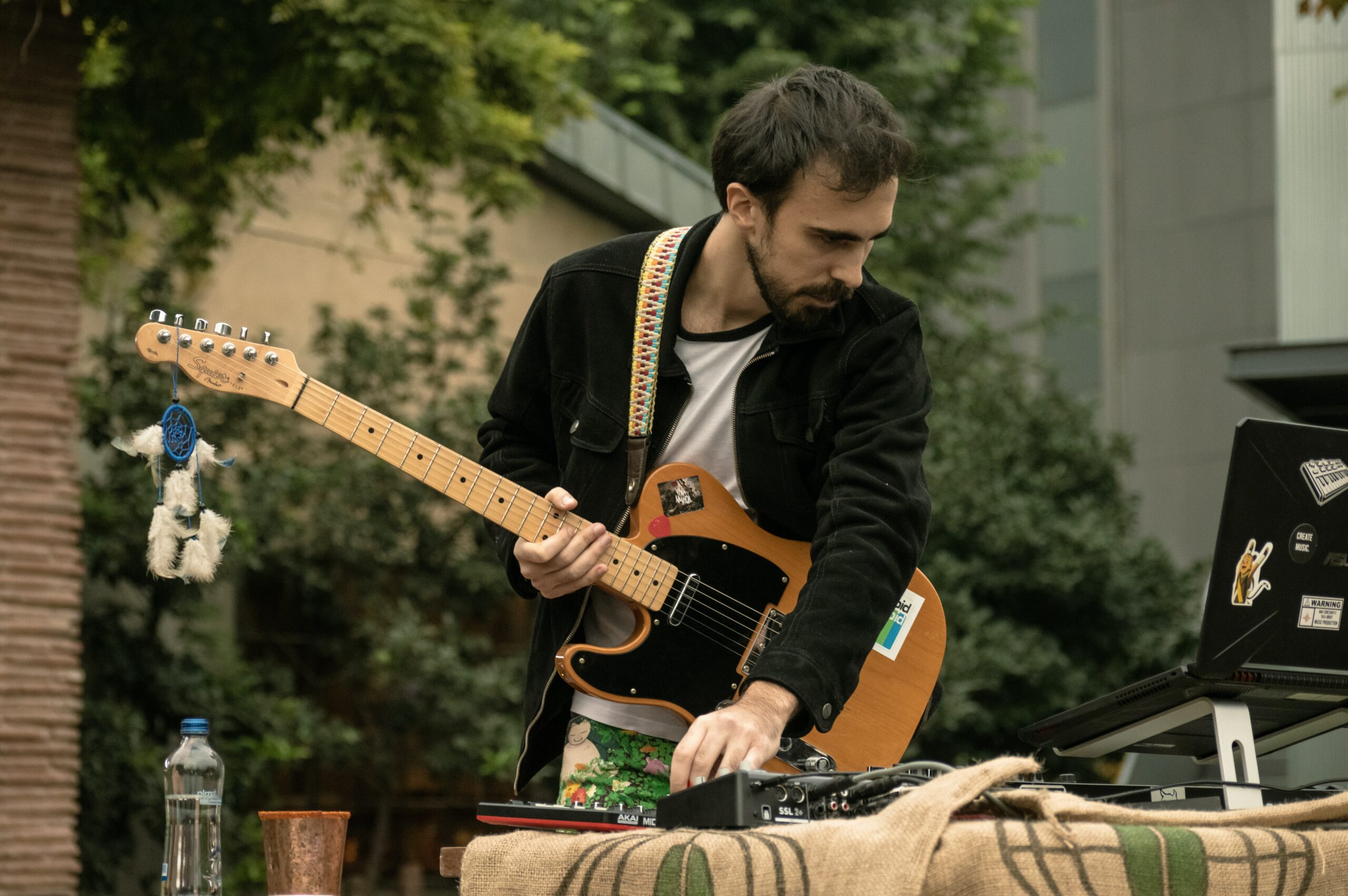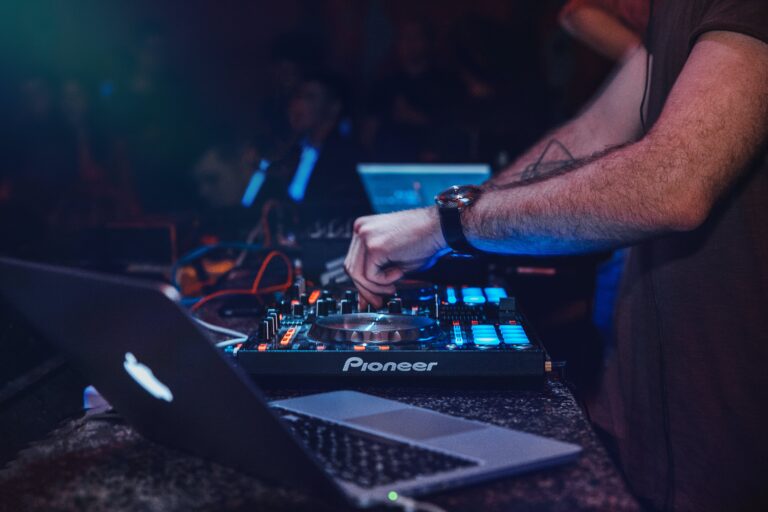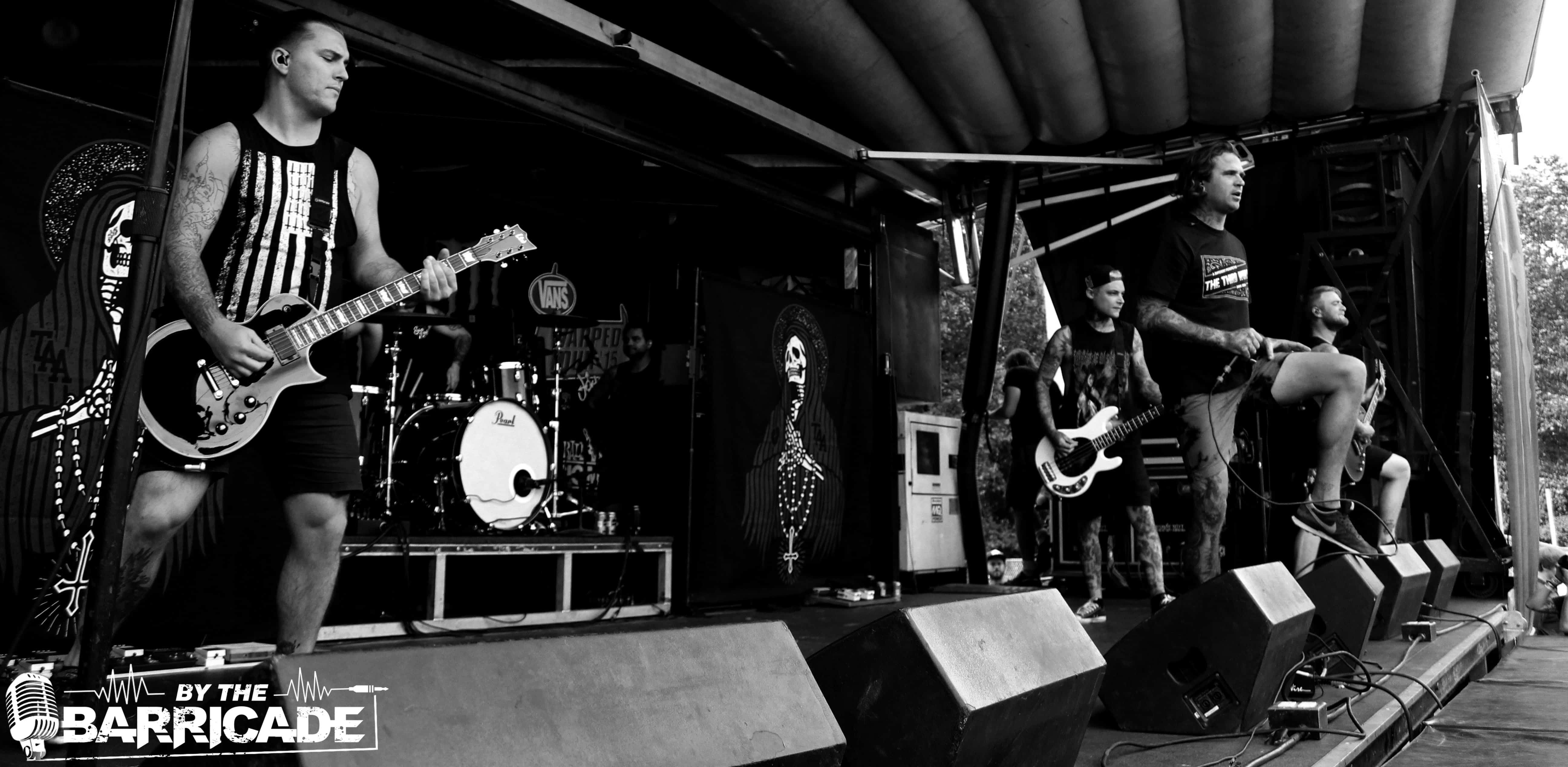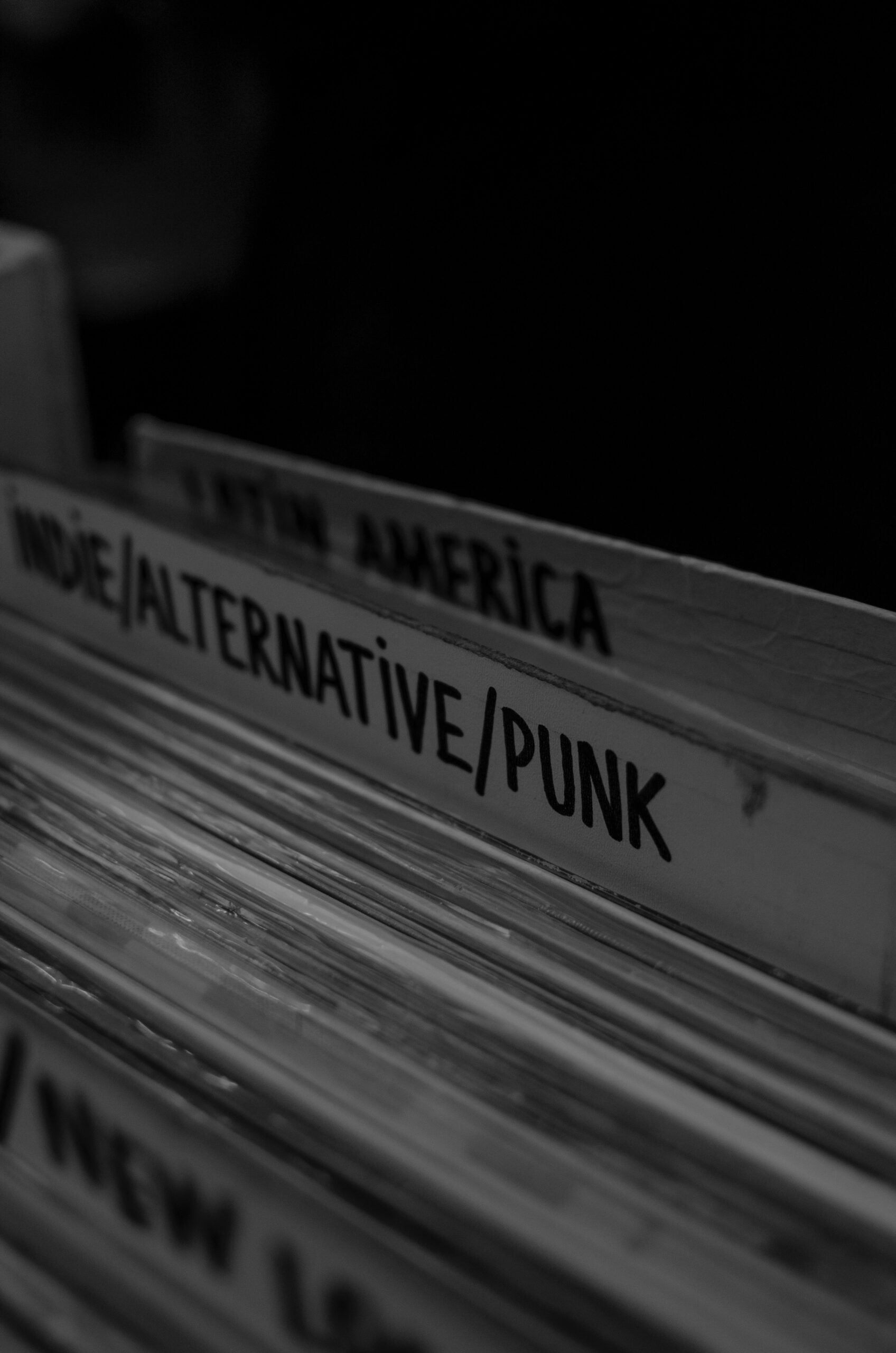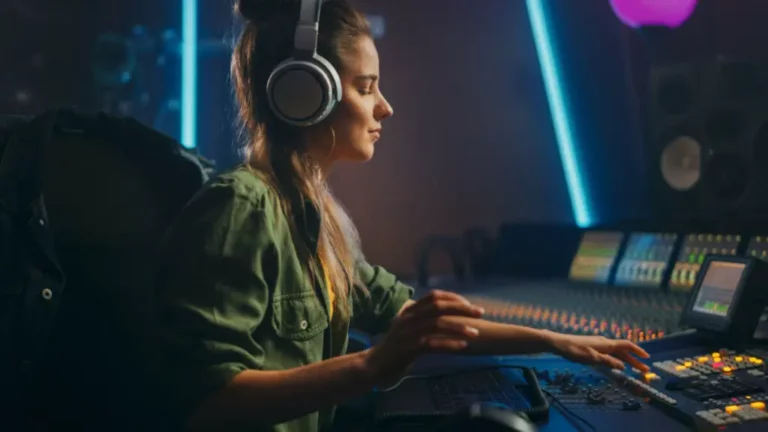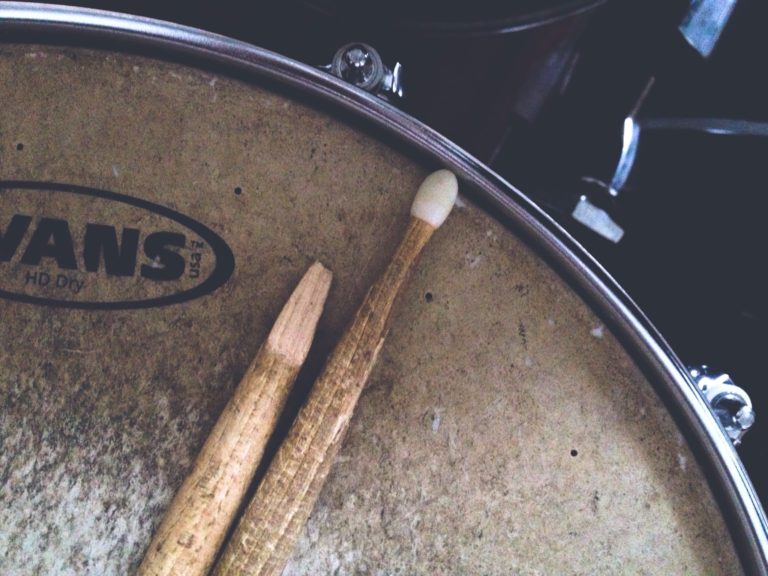Do Artists Get Paid for Signature Guitars?
There’s always a bit of debate about whether artists get paid for signature guitars. After all, they are putting out a specific product which has their name attached to it.
If artists get paid for signature guitars, they often get money through royalties agreed with the manufacturer with the total amount depending on the artist’s reputation and the model’s overall sales performance.
A signature guitar often stems as part of a larger endorsement deal with a brand, and usually comes about when the brand approaches a certain act for a long term partnership.
There is no shortage of signature guitars out there, with many famous guitarists having at least one showcase piece out there for fans to play. But just how much do artists get paid for signature guitars?
What Is A Signature Guitar?
Firstly, let’s set the record straight about the signature guitar. Signature guitars are not just what a guitarist typically plays. Instead, it is a specially adapted model that is suited to that particular player’s needs.
What you will find within a signature guitar is that it differs from the base model that the brand sells. This often comes with a range of modifications such as:
- Custom Pickups
- Unique finish
- Modified controls
- Custom body shape
Once the modifications are finalized and tried out by an artist, they will give their feedback on the model itself. If it proves to be a hit with the musician, the guitar manufacturer might look to turn it into a limited signature model. This often starts as a one-off piece, but can expand over time if it generates sales.
Can Artists Have Multiple Signature Guitars?
A great showcase of how signature guitar can evolve is how Joe Satriani has worked with the guitar brand Ibanez.
Satriani’s relationship with Ibanez has stretched back as far as the 1980s when he first used an Ibanez Radius 540 guitar. After production of the Radius was stopped, Satriani had a custom model built using the same coil/humbucker pickup combination and cutaway shape that he liked. It created a unique tone and catered for players who are known for their technical style.
Since Satriani’s first signature model – the JS2CH – was made in 1990, the brand has become a staple of Ibanez’s lineup. So much so that the JS line of guitars has continued to be produced for over 30 years by Ibanez to this day. Proof that signature guitar lines have a place in the market.
How Do Artist Endorsements Work for Signature Guitars?
Earning a signature guitar isn’t just based on a custom request from an artist though. There is much more to that. Indeed, artists who are endorsed are acting as sponsors and advertisements for that guitar company. So what does it all involve?
A Co-Operative Arrangement
For many players, getting an endorsement deal is giving themselves a sponsor for their career. It’s a mutual agreement that benefits both parties.
What that means is that an act is given free gear or discounted items in place for showing a brand’s gear to a much wider audience. If you’re a guitar manufacturer, then this can be a huge marketing boost.
For example, if an independent manufacturer agrees with a guitarist who is about to set out on an arena tour, then those guitars are going to be exposed to thousands of people night after night. As fans hear and see a certain piece, they are then going to want that particular model to emulate their idols. This will then drive sales of that particular item.
If you are a guitarist, it can ease the burden of finding new instruments to use time after time. Netting an endorsement deal with a guitar manufacturer means you will have the option to have instruments made to your needs. This means you won’t have to spend as much time curating your guitar arsenal for a given tour or studio session.
Do Artists Get Paid For Signature Guitars?
Establishing whether artists get paid for signature guitars can be tricky to estimate. Some players might just be happy to get a product out there which has their name on it. However, that name can bring in some major cash to both companies and the name tagged to it.
If an artist does have a signature model, then they will receive some money generated from the overall sales. This comes through a royalty agreement with the manufacturers themselves. As everything is royalty-based, it means that the amount generated is going to come in the form of an overall percentage.
Factors Contributing to Endorsement Deals:
- Total sales figures
- Artist’s reputation
- Number of models made
- Costs of production and distribution
- Length of the deal
Most musicians won’t negotiate the deal themselves. Indeed, many may use an agent or legal representative to do this on their behalf.
The negotiated fees can range from anywhere between 10%-20% of the overall sales figures depending on how the two parties came to their agreement. This will also depend on the broader scope of the endorsement deal, and if any cash advances are included.
Once that is settled, an artist will then get a clearer idea of what they will receive. If they used an agent to negotiate the deal, they will give a further 5-15% of their share to the agent for their role in putting the deal together. Only once all the other parties in the negotiating are catered for will the artist get an idea of what they are receiving. Therefore, you can consider the artists themselves getting around 8%-15% of what the instrument has sold.
As an artist’s reputation builds, they are likely to have a stronger claim as to the amount they can get from a signature model. This is why the earnings are a sliding scale for all artists, and moments in the arc of an individual artist’s career.
How Do Artists Spend Endorsement Money?
Even though most artists don’t state how much they earn from backing a signature model, many do get paid for it.
It comes as musicians reveal how they use their royalties when they receive them – not how much they have earned.
What many might be surprised about is just what artists do with the royalties they receive. Instead of keeping it for themselves, many musicians have shown that they would rather give that money away to those needing it more.
This was underlined by both iconic guitar legends and those who only just received a signature model. Take successful YouTuber Rick Beato as a prime example. Beato, who has over 3.5 million YouTube subscribers, received his first signature model with Gibson in 2022. In the video announcement, Beato reveals that he only agreed to the project should he be able to donate his royalties to a charity. In this case, he revealed that all of his royalties would be donated to Save The Music Foundation.
It’s not just something first-time signature deals have done either. Eric Clapton has been a big giver to charity down the years. He’s auctioned off guitars to help support numerous charities such as his Crossroads Rehab centre and major charities like UNICEF.
Conclusion
In the end, it is clear to see that artists do get paid for signature guitars in some way. Aside from the added reputation of having a named product, guitarists receive royalties from the manufacturer for their efforts. Of course, the amount itself varies between each guitarist even if no one will reveal what they get.
However, with many top stars more than happy to donate their profits to charity, it is money that gets put to productive use. Not only do some people help the needy but they inspire future guitarists to follow in their idols’ footsteps.

